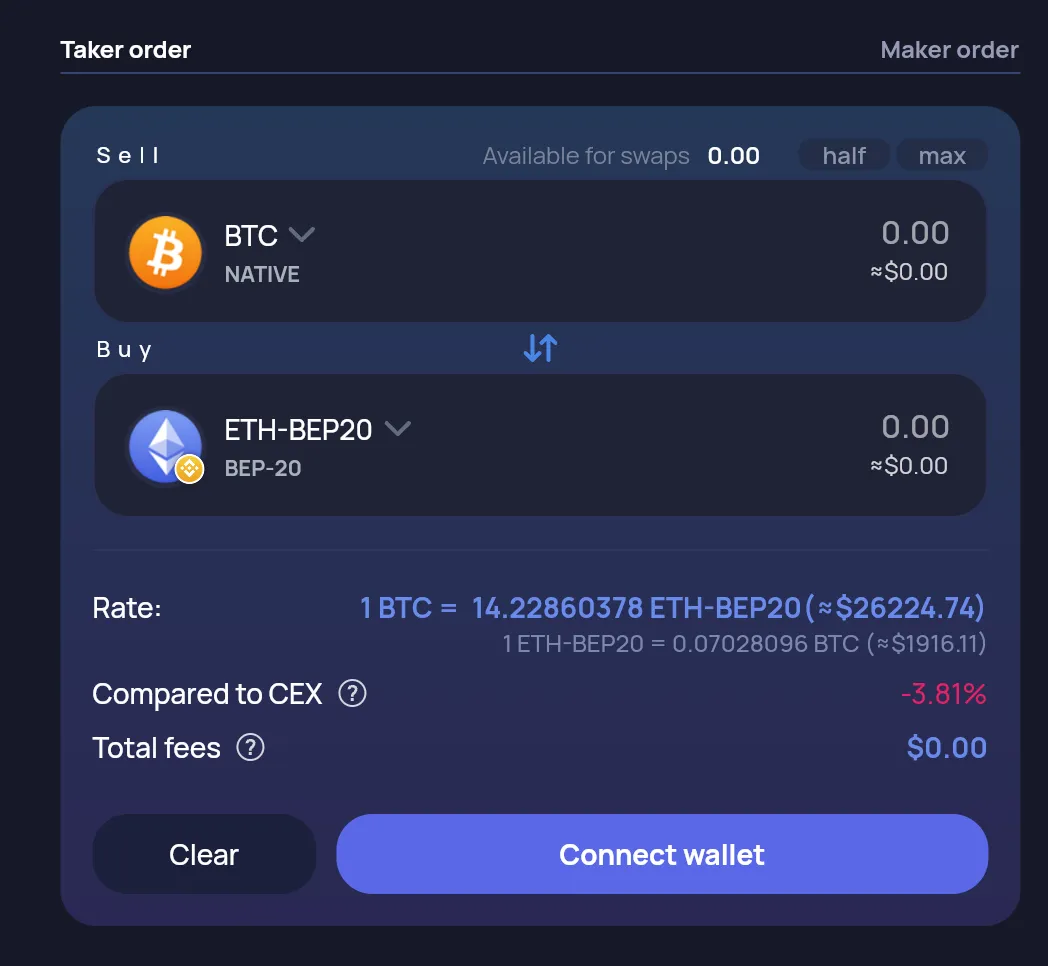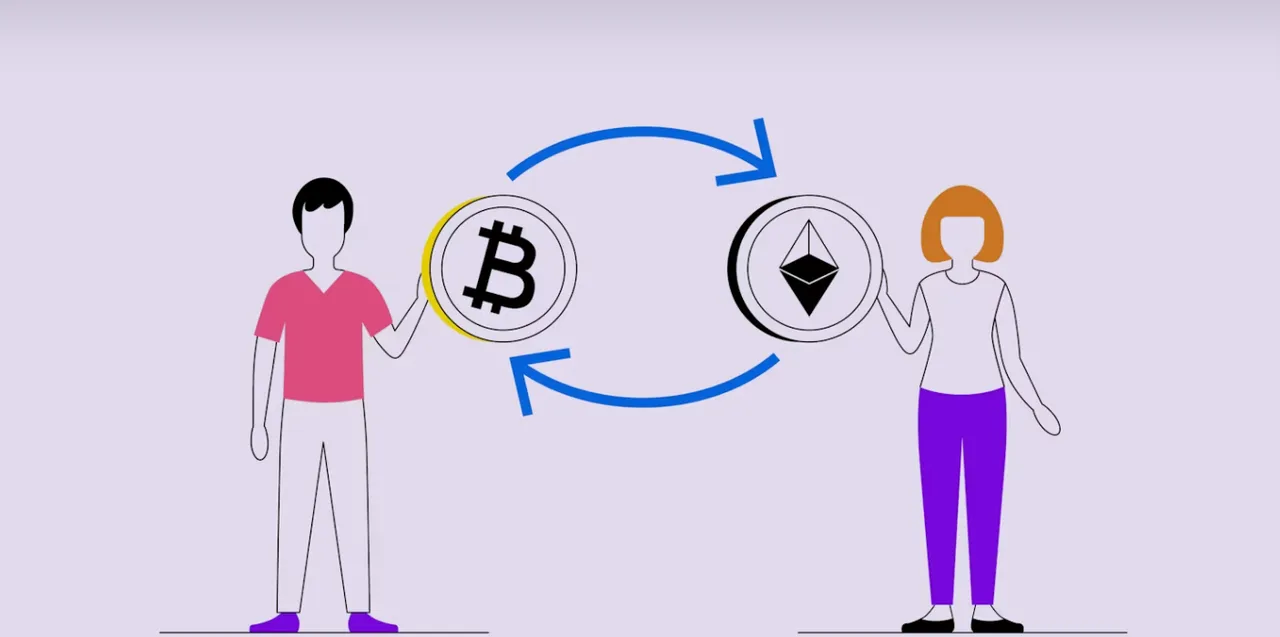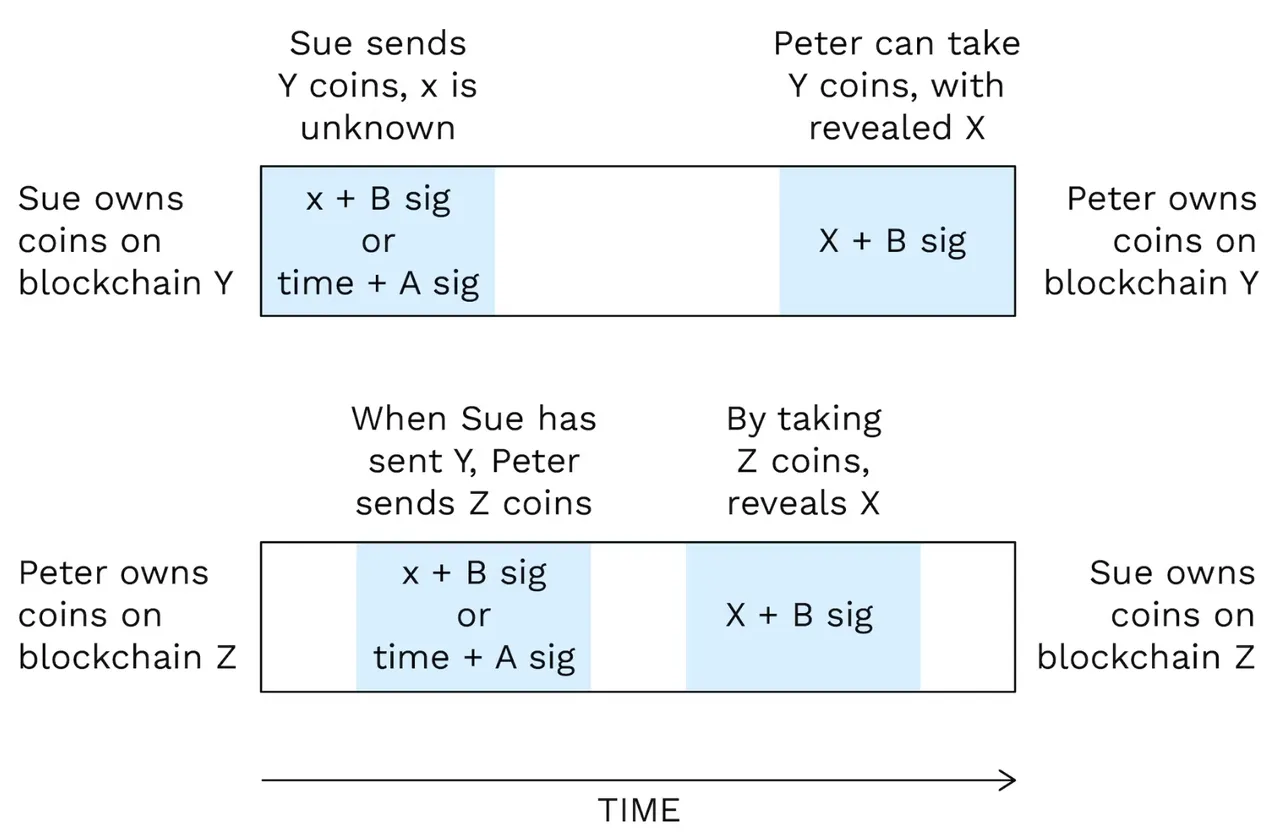
On yesterday's marathonic 3.5 hour episode #73 of @cttpodcast, the boys discussed the possibility and benefits of developing a trustless, decentralized Hive to Bitcoin bridge.
But, What is that?
What is a blockchain bridge? I'm glad you asked.
Blockchain bridges are platforms that facilitate the transfer of assets and data from one blockchain ecosystem to another. They can be centralized, like Binance or Bittrex, decentralized or even combination of both.
Independence from CEXs
For starters, using a centralized exchange will most likely require you to
- Open an account and provide a whole bunch of private information including your photo, ID, etc.
- send them the cryptocurrency you want to exchange from (plus a fee)
- receive the cryptocurrency you want to exchange to (minus another fee)
- be subject to the exchange halting deposits or withdrawals
- wait for your transaction to be processed.
Of course the very first benefit that we can reap from using a decentralized bridge is eliminating the CEX Attack vector that our dear friend Sūn Yǔchén tried on the legacy chain, where He and his buddies colluded to use exchange customers' funds to vote out the witnesses to take over the chain.

That's another story, of course.
Access to liquidity
Liquidity refers to how easily an asset can be bought or sold without impacting price. Bitcoin can be found on practically EVERY exchange in just about every country. Even governments are starting to open up to Bitcoin, so naturally, it would be a huge benefit for HIVE to have access to Bitcoin's liquidity.
Benefits for Bitcoin
For the Bitcoin network, this might mean that we can quickly bounce BTC around for free using the HIVE protocol, something that is currently being done using the Lightning network.
Problems with bridging technologies
Although bridging technologies such as atomic swaps are already available, they are still in their infancy, and so they are susceptible to undiscovered exploits and limited pairings.
Could this be a problem that can be solved with existing technology?
I did some digging around and found a site called atomicDEX which as you can see seems to have BTC to multiple pairs:

atomicDEX leverages the power of Hash Time-lock Contracts (HTLC) in which the funds are not accessible to the contract until both sides have submitted. The time-lock portion of the HTLC means that if one or both users don't submit to the contract in the specified time, the users get their money back.
Let's look at an example:

Let's say Sue sends coins on blockchain Y and Peter sends coins on blockchain Z.
This is what would happen in the HTLC:

Could #HIVE be included on platforms such as atomicDEX?
could atomicDEX's technology be whitelabeled to be used as an underlying technology for HIVE?
please let me know in the comments below.
If you'd like to listen to Dan and Starkerz discuss the topic of Bitcoin on HIVE, please check out the latest episode of Community Token Talk on @threespeak:
Reference articles:
Hacken.io - Discover blockchain bridges
Axelar - Building the future with cross-chain bridges
Trust Machines - What are Bitcoin atomic swaps and how do they work?
Bitpanda - What is an atomic swap?
Image credits:
Image of Justin Sun created using Midjourney.
Cover image edited using Canva.
Image of the atomic swap process